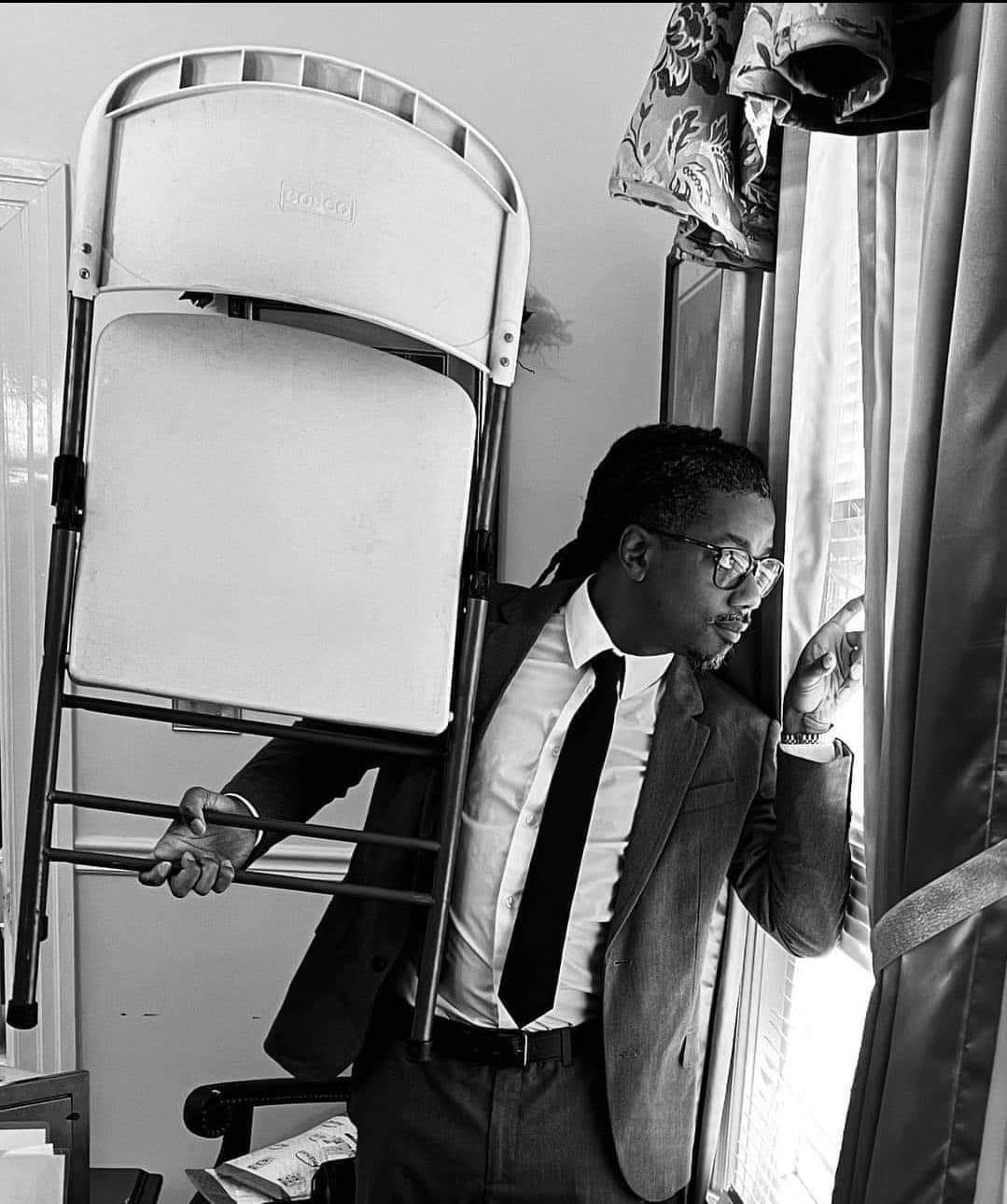White Chairs and Black Catharsis
by Kenneth Bailey, Co-founder, DS4SI
Folding chair earrings, Black Aquaman, memes for days, hit songs, talking chairs, new dances—the Black community at large is still celebrating the immediate justice meted out in the “Montgomery Brawl.” Using Black twitter and other social media, black folk got busy doing transformative, joyful, brilliant culture work. I loved it! Even as I was forwarding some of my favorite memes to my friends, part of me was realizing what an opportunity this is to think about how we in Black-led social justice organizations can learn from, celebrate, and support this kind of work, without trying to guide or determine where it goes. Here are some key elements I see in this organic and exploding response to—and amplification of—the Montgomery Brawl.
The Black Cathartic
In the face of episode after episode of state violence and white vigilante violence, racist and violent outcomes are assumed, taught to our children as warnings, held tightly in our bodies individually and collectively. While episodes may fade or blur together, the affective remainder of these attacks—and their accumulation—leave a social residual. Similar to the body keeps the score, so does the social body, the black body. This residue, this affective remainder, folds back into the making of relation in our everyday lives. It lurks.
One kind of work the Montgomery Brawl is doing is the work of metabolizing some of this remainder in the form of black catharsis. And this work is visceral. In the face of what began as another demonstration of white violation, we saw it flipped on its head, not by the state, not by white allies, but fubu style—for us by us. The replaying of the actual fight—complete with Blacks swimming and running and chair-swinging to each other’s defense—was amplified by Black storytelling, humor, and ingenuity. This allows us to smile, to laugh, to come out on the other side in a different way. It creates a counter narrative for our children, a new mythology of our elders, a moment of catharsis offering some healing for the black social body.
Thank you, Black Aquaman
When 16-year-old Aaren Rudolph jumped off the riverboat and swam over to support Dameion Pickett, it gave us a scene of black solidarity in practice. It was exhilarating for many of us as older black people. In a time of hyper individualism and what feels like the triumph of the self in contemporary culture, seeing this embodiment of solidarity across generational lines was beautiful, generative, and hopeful.
And there is another line to be picked up here around everyday black heroes. It’s not lost that many of his nicknames and references are literally super heroes. The world of comics, where the good side shows up to save the day, is being referenced in the culture work being done vis a vis social media. I’m already envisioning Black Aquaman taking his rightful place next to Shuri and Miles Morales at the next Comicon…
The Folding Chair as “Symbol and Thing”
The folding chair played a key role in the Montgomery Brawl, and it immediately took on a symbolic life of its own. It’s become what we at DS4SI call “a symbol and a thing”. (See Cultural Tactics.) The ways in which black people on social media have amplified the chair as symbol and thing is both hilarious and quite cathartic. “Lift every chair and swing…” “Thoughts and chairs”, the folding chair in everything from Minecraft to back to school shopping, chair-jitsu, chair earrings, folding chair history lessons, and so on.
Ironically, this is not the chair’s first time to be symbolized and racialized. At the Republican Convention in 2012, Clint Eastwood used a chair to symbolize then-President Barack Obama. Some racists then hung chairs from trees. Imagine if our chair—along with our heroes—could go back in time? It would definitely free those hanging chairs, and I’d love to see what else it would do in the name of justice.
Taking a “Back Seat”
So back to my question of how we as Black-led social justice organizations respond. We’ve already learned to stop business as usual when faced (again and again) by incidents of racist violence and Black trauma. But the same should be true for Black joy! We need to honor this moment of black catharsis, neither turning away to rush back to our day-to-day, nor trying to leverage it in any way. By acknowledging and making space for it, we effectively say to our staff, to our communities, to our constituents that it is worth taking time to step into Black joy.
In terms of action, I believe we could amplify from behind, or take a back seat, as it were. In this case, it could be as simple as putting folding chairs out on the streets, or getting folding chair t-shirts made for fun (no organizational branding!), or offering a Black Aquaman contest at summer camp. Or none of the above. Simply understanding that what is happening is a form of emergent cultural work is what’s important. We can do so by listening to how our staff and communities talk about it and making room for opportunities that arise to shape how we support. And in the meantime, we can’t forget to enjoy it ourselves!




